 - minute read
- minute read
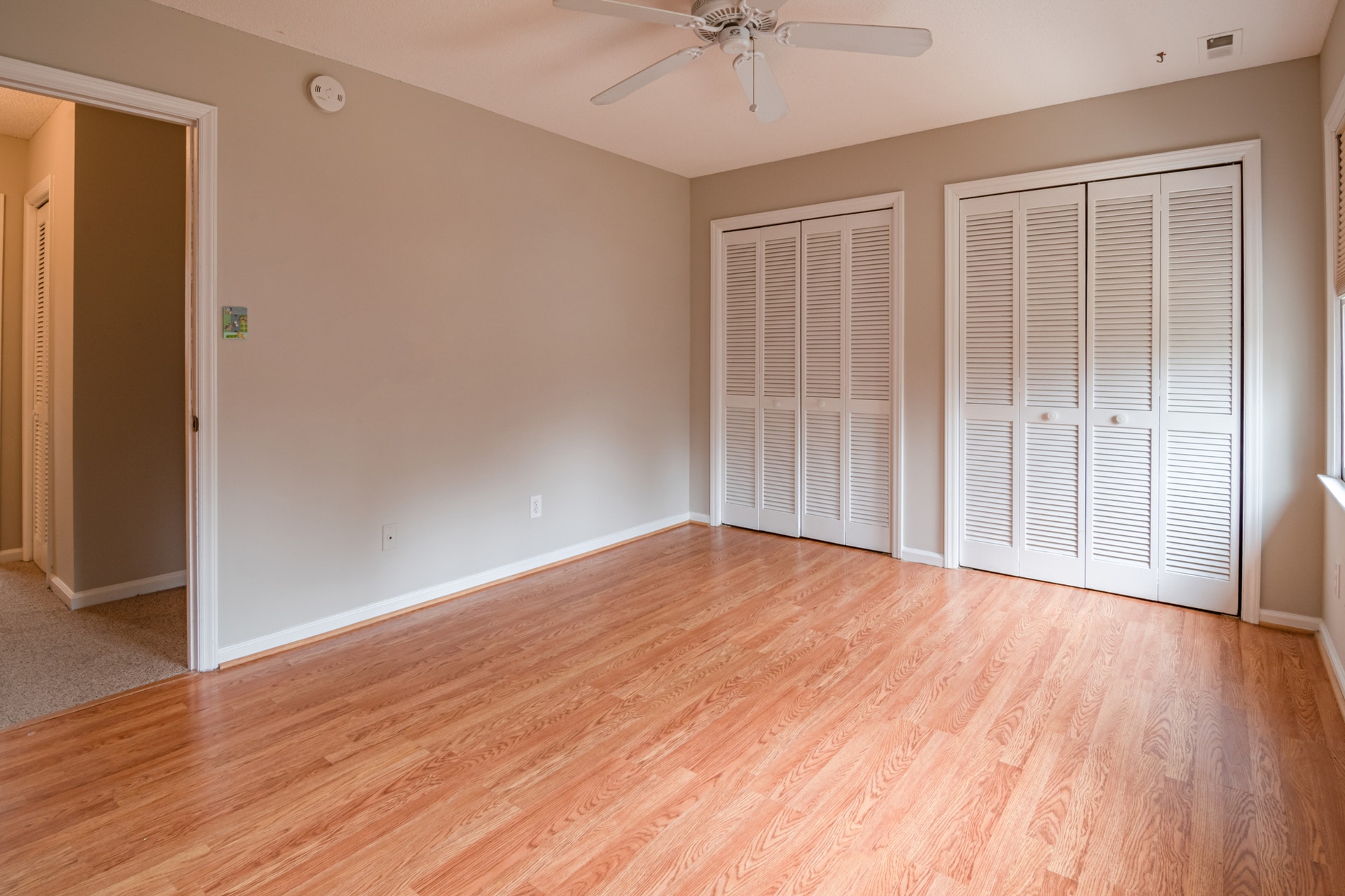
Should you be renting fully furnished or unfurnished? What are the positives and drawbacks of each? Learn exactly what these terms mean and which choice will best suit you and your rental property.
When hunting for rented accommodation – whether this be a flat or house – one of the biggest factors to take into consideration is whether to search for furnished or unfurnished homes. Which option is better will depend on your exact needs. We’ve gone over the advantages and disadvantages of each, along with part-furnished properties and where tenant responsibilities lie when it comes to damaged furniture or similar items.
As a general rule, you can expect an unfurnished house or flat to be mostly empty. This isn’t always the case though, and can vary depending on the location and type of property. London rentals usually include white goods like fridges and washing machines, along with built in elements such as fitted wardrobes.
Unfurnished properties are more likely to attract professional couples or young families, as these groups would want to make a property feel like home wherever possible.
There are a few things that your landlord should still provide as standard. In an unfurnished property, you should find:
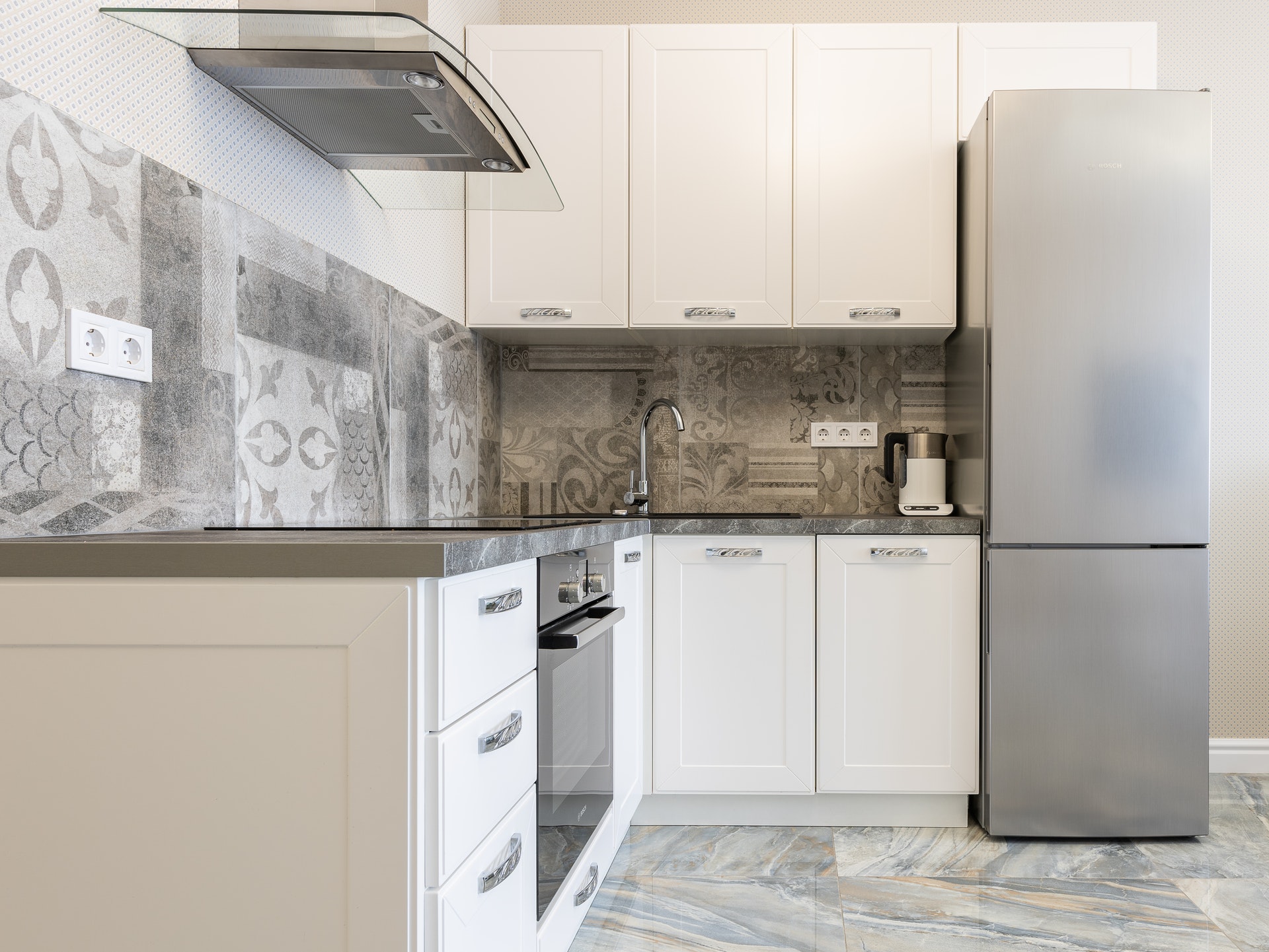
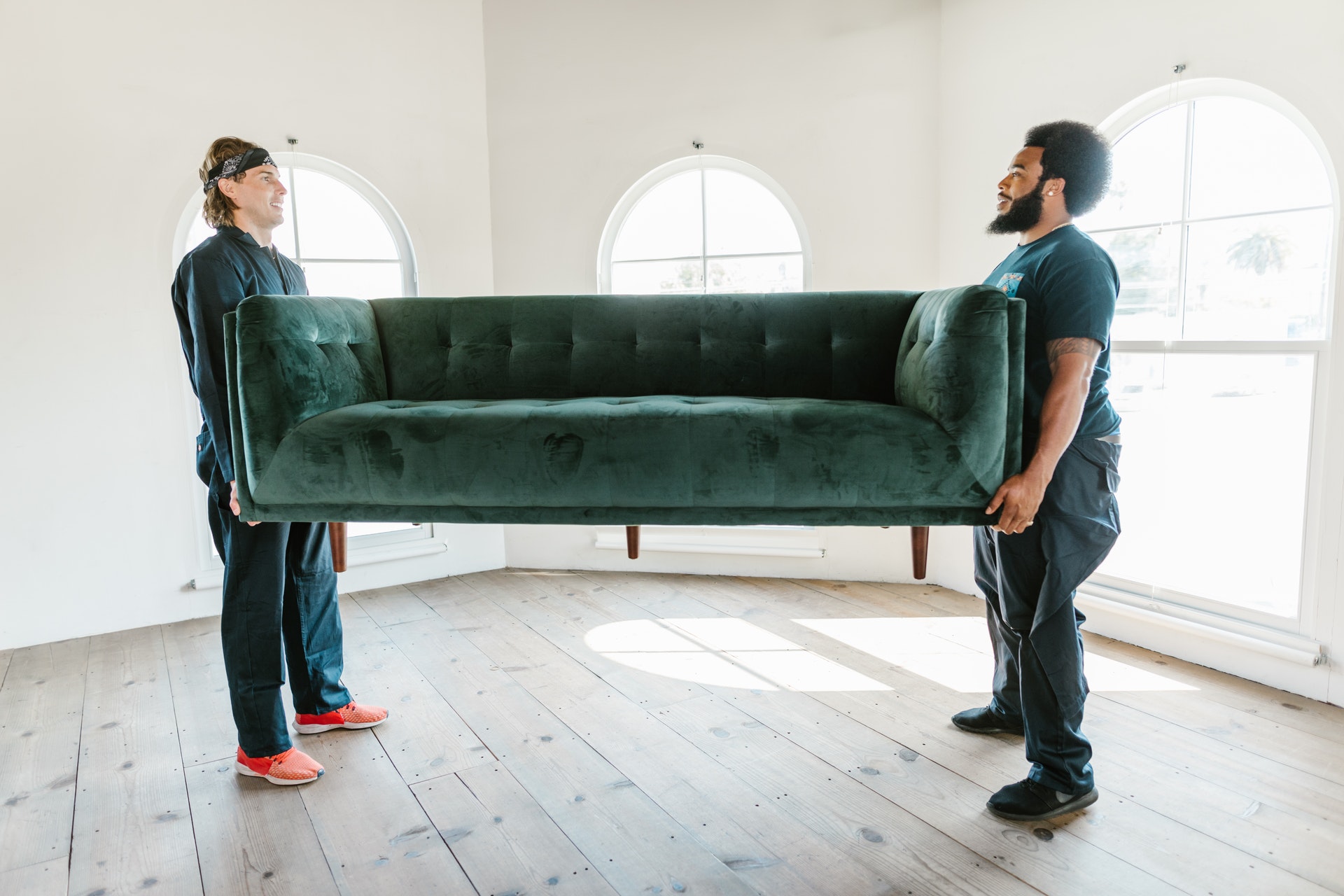
As the name suggests, a fully furnished property should include all the bits of furniture and white goods that are needed to live in a home. There are plenty of grey areas that you’ll need to check about, such as kitchen appliances, cutlery, an iron/ironing board, vacuum cleaner and TV.
You can always try asking for some items to be removed/included as a part of your offer. While there’s no guarantee, a landlord may always consider these requests.
You can expect a furnished property to include:
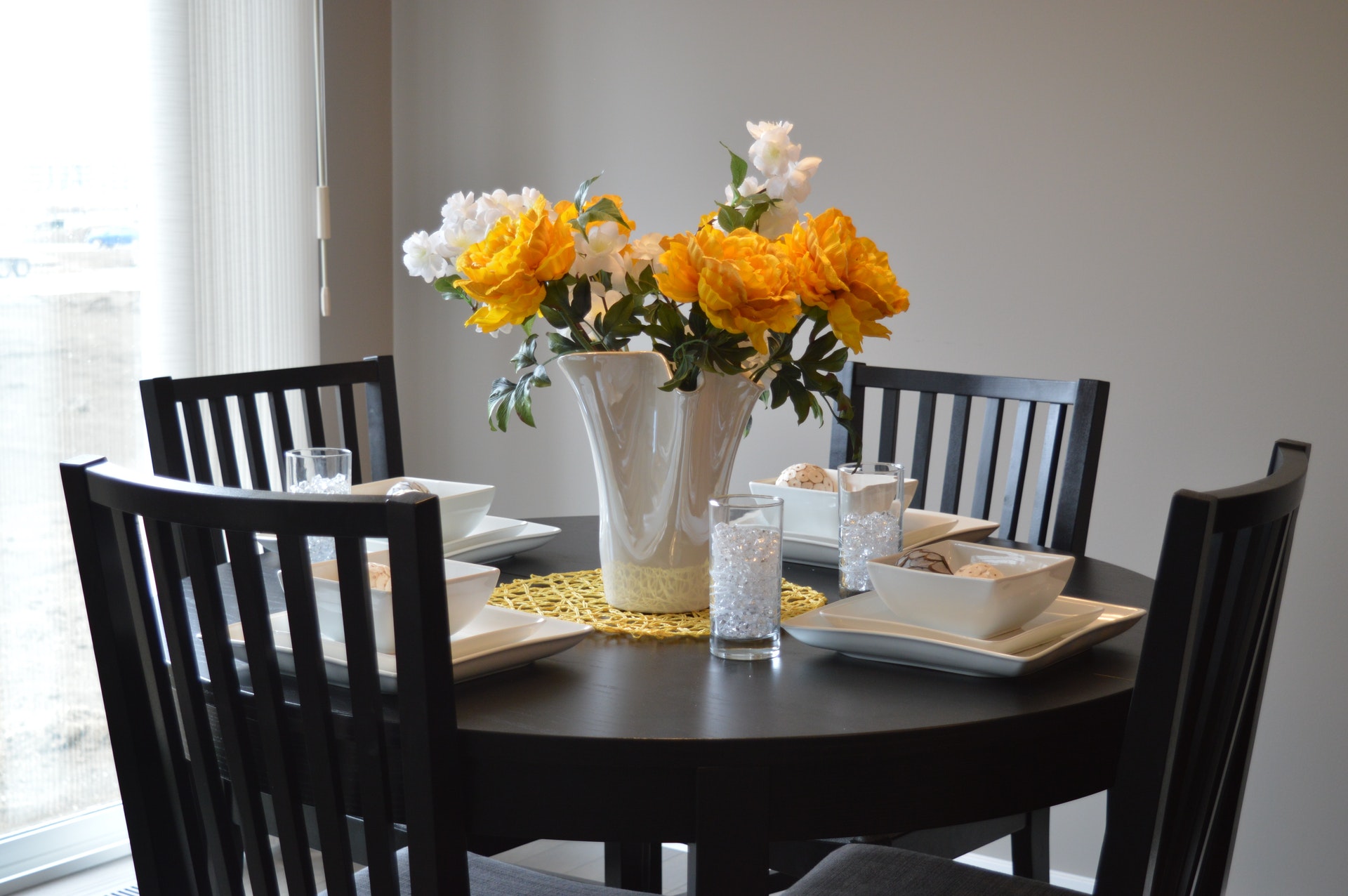
Confusingly, some properties are also described as ‘part-furnished’, which would imply that they fall somewhere in between furnished and unfurnished rental homes. Annoyingly, there’s no set definition as to what part-furnished actually means. In some cases, it describes rental properties that include white goods (such as a dishwasher and washing machine) and limited furniture. There may be a bed and table but no sofa, or a different combination.
As always, it’s best to ask the letting agent and/or landlord what is and isn’t included.
After signing a contract, you need to take care of your new rental property and its contents. If any maintenance is required or damage occurs, then this needs to be reported.
When your tenancy ends, the property and its contents should be returned in the same condition as when you moved in. The condition of different pieces of furniture can be verified using an inventory. This details everything in the property and what state it was in when your tenancy began. An inventory should be provided before your tenancy starts.
When moving out of a furnished rental property, the cost of repairing or replacing any furniture that was damaged during your time as a tenant can be deducted from your deposit.
However, landlords can’t do the same for items that have suffered ‘wear and tear’, such as furniture or carpets which have discoloured over time. Because there’s no legal definition as to what is and isn’t considered ‘fair’ wear and tear, deposit disputes between tenants and landlords can often spring up surrounding this.
Assuming you’ve met the terms of your tenancy agreement, this should be returned within 10 days of your tenancy ending.
Any disagreements about the amount taken from your deposit can be reported through the Tenancy Deposit Scheme, with cases being judged by independent adjudicators.
Ultimately, whether you’re better off renting furnished or unfurnished depends on your personal preferences and individual circumstances. The only instances where we’d take into account a specific property type/location are in flats with inaccessible upper floors (especially if there’s no lift) or when moving long-distance.
Some things to consider include speed and convenience, personal tastes (you may like the furniture that’s already in some properties) and long-term plans. If this is your first rental property and you currently own very little furniture, then a furnished home may be your best bet. On the other hand, if your next rental is likely to be one for the long haul, then unfurnished might end up being the smarter option.
In general, it’s fairly common for landlords to not provide you with a vacuum cleaner or similar cleaning equipment, even when the property is furnished. You can get a fairly inexpensive vacuum cleaner, especially when splitting the cost between multiple housemates.
Landlords aren’t actually obligated to provide window coverings such as curtains or blinds in furnished or unfurnished rental properties. However, because many prospective tenants place plenty of importance on privacy and security, these are something that almost all landlords will include regardless.
Pretty much all furnished houses and flats include basic furniture you need to live there, such as a bed, a table and chairs. Furnished bedrooms sometimes include bedding, but not always. This is something you can check with your landlord before moving in.
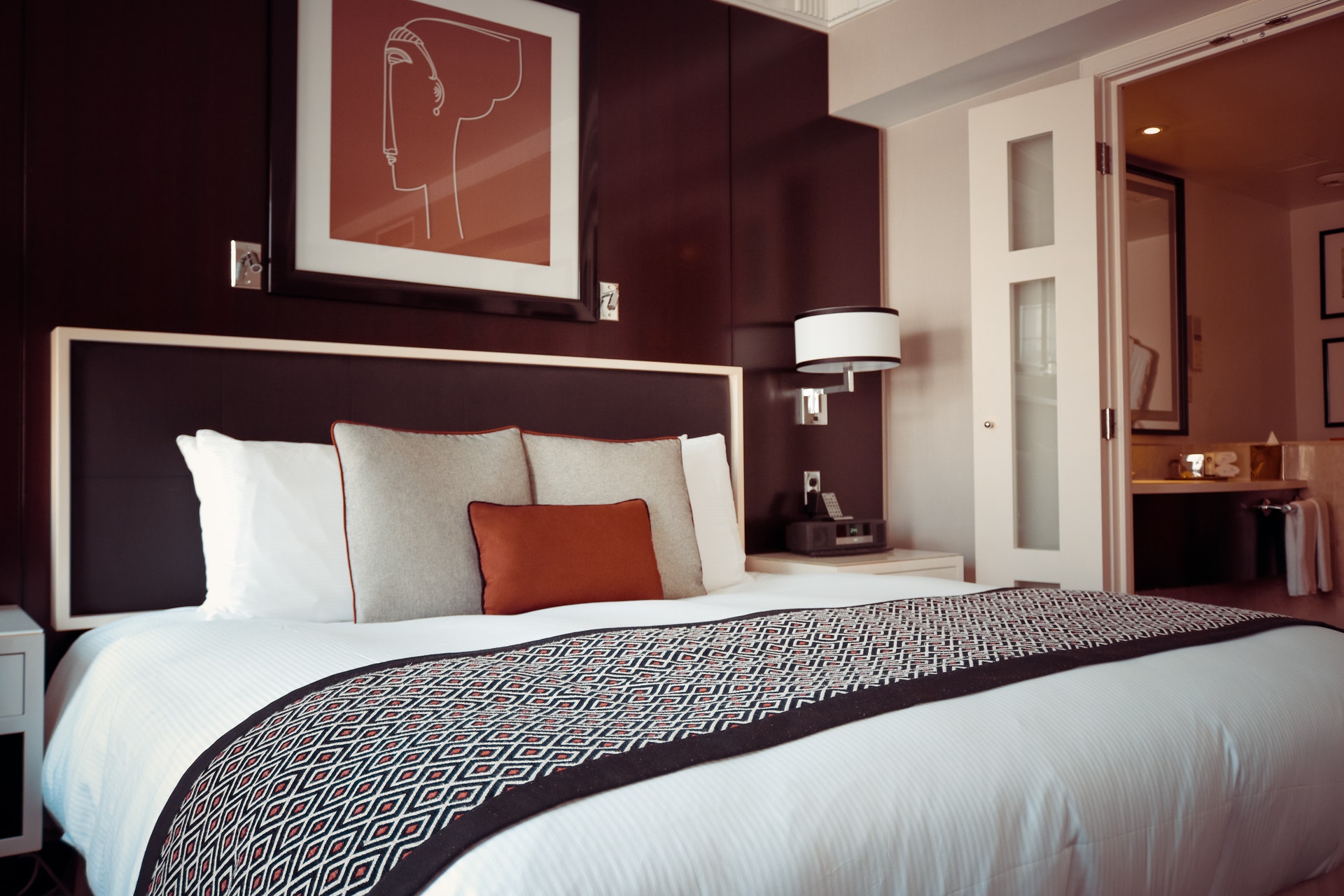
Even though unfurnished properties are usually limited to minimal items, there are still a handful that you’ll find in almost all rented homes. These include a fridge, freezer, washing machine, oven and hob.
In central London, the popularity of furnished homes continues to rise. In 2017, 91% of properties to let in Zone 1 were either partially or fully furnished. This demand for furnished London rentals means that landlords have more of an incentive to offer these property types to potential tenants.
Around 50% of all rental homes in Britain that are currently listed to let are furnished. There’s plenty of city-to-city variance within this as well. For example. 89% of Aberdeen rentals and 84% of Leeds rentals are listed as furnished, whereas just 34% of Bournemouth rentals and 22% of Newport rentals are listed as furnished.
Already sorted your house but need to set up bills? We can help with this too – we set up and split utilities for you. Get a free quote for your utilities here.



All your utility bills in one monthly payment, split between housemates
Get a quote


All your utility bills in one monthly payment, split between housemates
Get a quoteFinding his article helpful? We’ve got plenty more helpful articles on there way. Join our Savvy Sunday mailing list